The Arctic, a region of stark beauty and extreme conditions, is home to some of the largest and most fascinating mammals on Earth. These animals have adapted to survive in a harsh environment characterized by frigid temperatures, ice-covered landscapes, and seasonal extremes in daylight. In this article, we delve into the ten largest mammals that inhabit the Arctic, examining their unique adaptations, ecological roles, and the challenges they face in a rapidly changing world.
Top 10 Largest Mammals in the Arctic
1. Bowhead Whale (Balaena mysticetus)
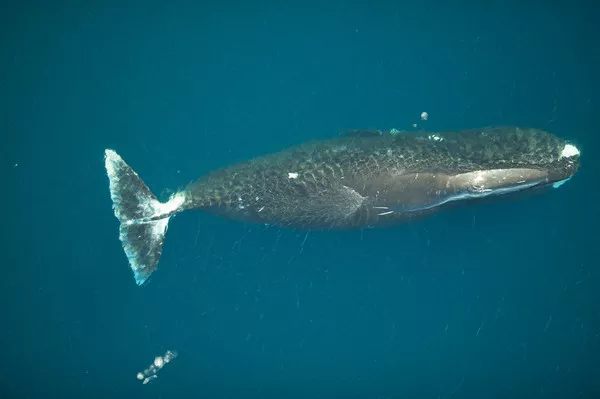
Size: Up to 60 feet in length and 200,000 pounds in weight
The bowhead whale, also known as the Greenland right whale, is the largest mammal in the Arctic. Known for its massive skull, which it uses to break through ice, the bowhead can live over 200 years, making it one of the longest-living mammals. These baleen whales feed on zooplankton by filtering water through their baleen plates. They are well-adapted to the icy Arctic waters, with a thick layer of blubber for insulation. Despite historical overhunting, conservation efforts have helped their populations recover, although they still face threats from climate change and industrial activities.
See Also: North America’s 10 Largest Mammals (Plus Pistures!)
2. Narwhal (Monodon monoceros)
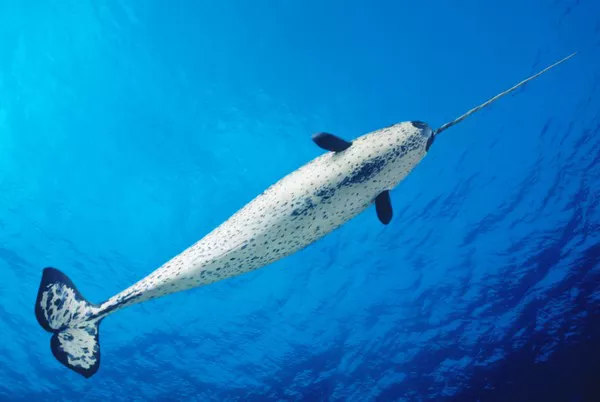
Size: Up to 20 feet in length and 3,500 pounds in weight
The narwhal, often called the “unicorn of the sea” due to its long, spiral tusk, is a medium-sized toothed whale native to the Arctic waters around Canada, Greenland, and Russia. The tusk, an elongated tooth, can grow up to 10 feet and is thought to be a sensory organ. Narwhals primarily feed on fish, squid, and shrimp, diving to great depths to find their prey. Their populations are currently stable, but they are vulnerable to climate change, which affects their sea ice habitat, and to hunting.
3. Walrus (Odobenus rosmarus)
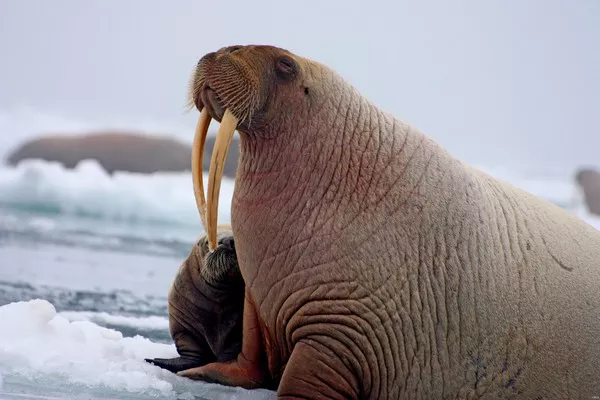
Size: Up to 12 feet in length and 4,400 pounds in weight
Walruses are iconic Arctic mammals, recognized by their long tusks, whiskered faces, and bulk. These social animals inhabit the ice-covered waters of the Arctic Circle, where they use their tusks to haul themselves onto ice floes and to dig for clams and other benthic organisms. Walruses have thick blubber layers and can slow their heart rates to endure cold temperatures. While their populations are generally healthy, they are increasingly threatened by the loss of sea ice and increased human activities in the Arctic.
4. Polar Bear (Ursus maritimus)
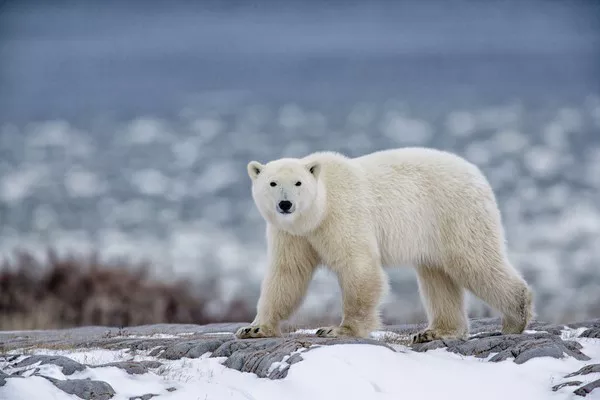
Size: Up to 10 feet in length and 1,500 pounds in weight
The polar bear, often dubbed the “king of the Arctic,” is the largest terrestrial carnivore in the region. These magnificent predators are highly specialized for life on the sea ice, where they primarily hunt seals. Polar bears have a thick layer of blubber and dense fur to insulate against the cold. They are excellent swimmers, capable of covering vast distances in search of food. However, polar bears are increasingly threatened by climate change, which is reducing their sea ice habitat and impacting their ability to find prey.
5. Musk Ox (Ovibos moschatus)
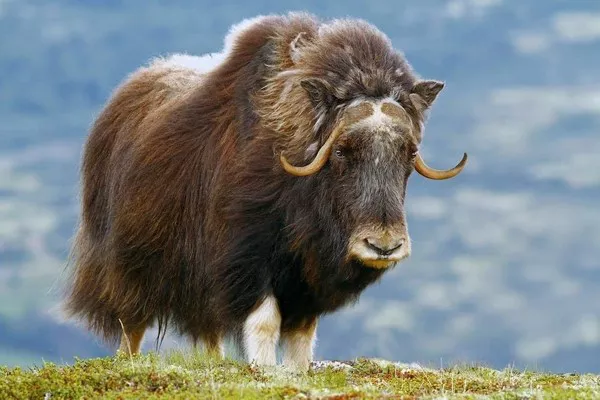
Size: Up to 8 feet in length and 800 pounds in weight
Musk oxen are shaggy, robust herbivores that roam the tundra of the Arctic and sub-Arctic regions. Known for their long, thick coats and large horns, they are well-adapted to survive in harsh climates. Musk oxen travel in herds and feed on grasses, Arctic willows, and mosses. Their thick undercoat, called qiviut, provides exceptional insulation against the cold. Although their populations have been stable, they are susceptible to extreme weather events and habitat changes due to global warming.
6. Bearded Seal (Erignathus barbatus)
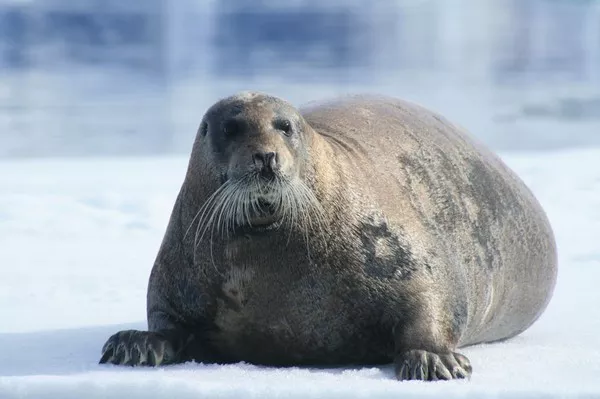
Size: Up to 8 feet in length and 800 pounds in weight
Bearded seals are large, robust seals distinguished by their whiskers, which are used to detect prey on the seafloor. These seals inhabit the ice-covered waters of the Arctic and sub-Arctic regions, where they feed primarily on fish, squid, and bottom-dwelling invertebrates. Bearded seals have a thick layer of blubber to insulate against the cold and provide energy reserves. They are essential prey for polar bears and killer whales, and their populations are vulnerable to sea ice loss and human activities.
7. Beluga Whale (Delphinapterus leucas)

Size: Up to 18 feet in length and 3,500 pounds in weight
Beluga whales, often called “sea canaries” due to their vocalizations, are small, toothed whales found in Arctic and sub-Arctic waters. Their distinctive white color and flexible necks make them easily recognizable. Belugas feed on a variety of fish and invertebrates and can dive to significant depths. They are highly social animals, often found in large pods. Climate change, habitat disruption, and increased human activities pose significant threats to beluga populations.
8. Gray Whale (Eschrichtius robustus)
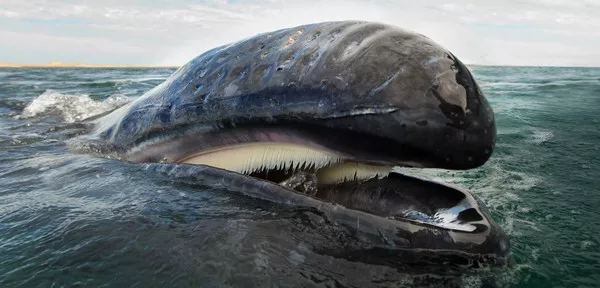
Size: Up to 50 feet in length and 90,000 pounds in weight
Gray whales undertake one of the longest migrations of any mammal, traveling between their breeding grounds in the warm waters of Mexico and their feeding grounds in the Arctic. These baleen whales feed primarily on small crustaceans by stirring up sediment on the ocean floor. Gray whales have a mottled gray appearance and are known for their barnacle-encrusted skin. While their populations have rebounded since the end of commercial whaling, they face ongoing threats from climate change, entanglement in fishing gear, and habitat degradation.
9. Humpback Whale (Megaptera novaeangliae)
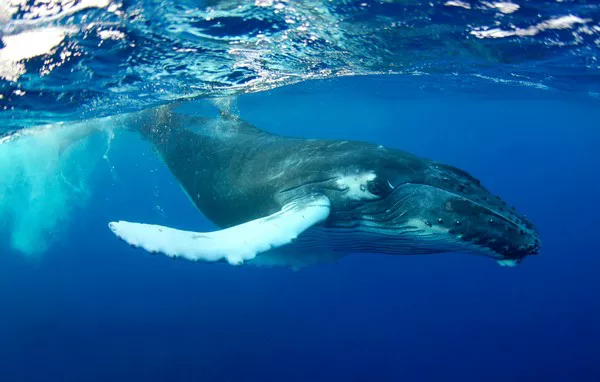
Size: Up to 60 feet in length and 66,000 pounds in weight
Humpback whales are known for their acrobatic displays and complex songs. They migrate between tropical breeding grounds and Arctic feeding grounds, where they consume vast quantities of krill and small fish. Humpbacks have long pectoral fins and distinctive tail flukes, which aid in their identification. Despite being a conservation success story, with populations recovering from past whaling, humpbacks remain at risk from ship strikes, entanglement, and changes in prey availability due to climate change.
10. Arctic Fox (Vulpes lagopus)
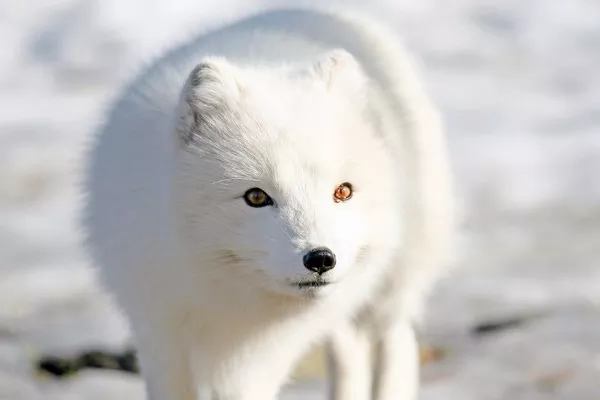
Size: Up to 27 inches in length (excluding tail) and 20 pounds in weight
The Arctic fox is the smallest member on this list but still one of the largest terrestrial mammals in the Arctic. These adaptable predators are known for their thick fur, which changes color with the seasons, providing camouflage in both summer and winter. Arctic foxes have a varied diet, including small mammals, birds, fish, and carrion. They are also known to follow polar bears, scavenging on leftover prey. Climate change poses a significant threat to Arctic foxes, particularly through changes in prey availability and competition with the larger red fox.
See Also: South America’s 10 Largest Mammals (Plus Pictures!)
Conclusion:
The Arctic’s largest mammals are not only marvels of nature but also crucial components of their ecosystems. They have adapted to thrive in one of the planet’s most challenging environments, displaying remarkable resilience and resourcefulness. However, these giants of the frozen north face unprecedented challenges from climate change, habitat loss, and human activities.
Conserving the Arctic and its inhabitants requires concerted global efforts to mitigate climate change, protect critical habitats, and ensure sustainable development. By understanding and appreciating the unique adaptations and ecological roles of these magnificent mammals, we can better advocate for the protection of the Arctic and its extraordinary wildlife. The survival of these species is not just about preserving biodiversity; it’s about maintaining the health and balance of the entire Arctic ecosystem, which has far-reaching implications for our planet as a whole.
You Might Be Interested In:


























